
“Denial of the costs is the next stage of climate denial.” That stark message from Richard Wiles of the Center for Climate Integrity is to the point about a looming global wake-up call: in a time of intensifying climate catastrophes, reconstruction everywhere is neither affordable nor practical.
For decades, the standard reaction to floods, fires, and storms has been to rebuild generally larger and “stronger.” But ever-growing evidence indicates that in some locations, this vicious cycle is a fiscal black hole, an emotional burden, and a risky bet against nature’s forces. From billion-dollar seawalls to entire cities moving, the debate is changing from resilience to retreat.
This isn’t about surrender. It’s about wiser, bolder decisions that save lives, economies, and environments. Below are nine transformative facts rewriting what it means to rebuild in high-risk areas.
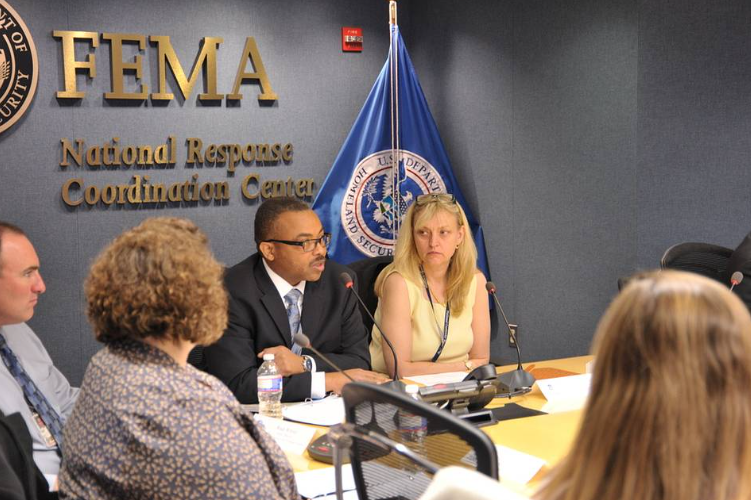
1. The Repetitive Loss Trap
FEMA alone identified 679 properties as “repetitive loss” in 2024 each having been rebuilt three times or more with taxpayer-funded disaster aid. The taxpayer cost? A whopping $1.2 billion. A lot of them are riverfront residences, beachfront condos, and mountain retreats destroyed and rebuilt multiple times.
The National Flood Insurance Program’s own data shows that while repetitive loss properties make up about 1% of insured homes, they account for over 30% of claim payments. This cycle drains public resources and leaves families emotionally exhausted. As one FEMA official put it, “At some point, we’re not helping people we’re setting them up to lose again.”
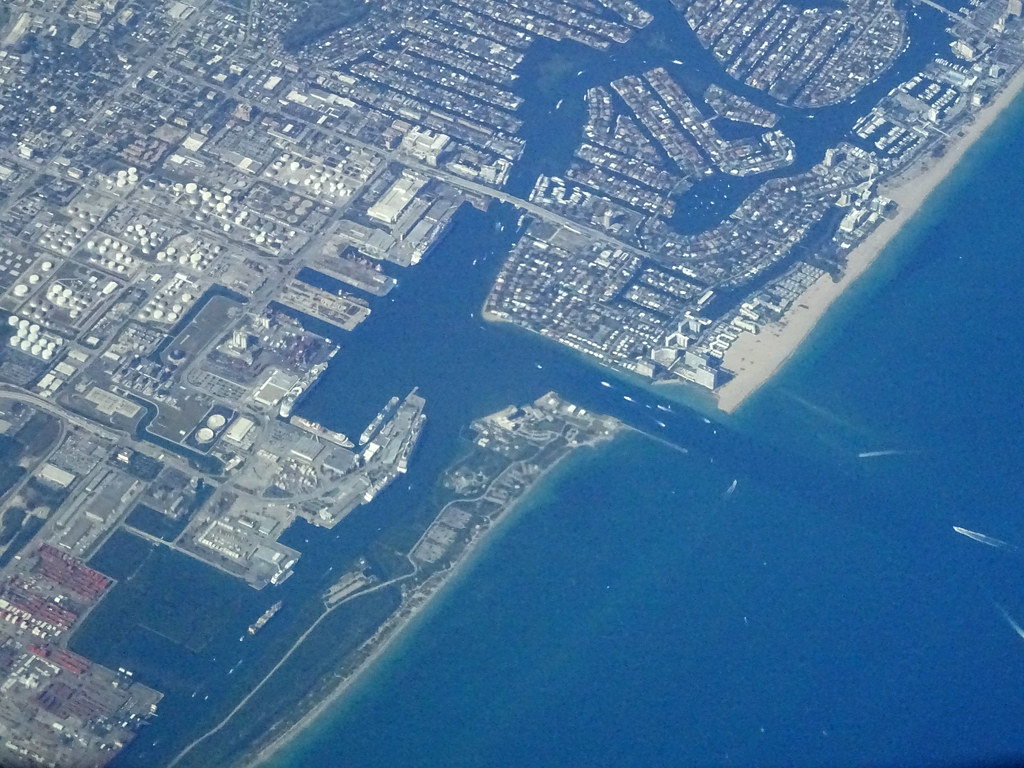
2. Miami’s Billion-Dollar Wall Problem
Miami’s plan to spend $2.5 billion on seawall upgrades over the next decade underscores the high stakes of defending a sinking city. Even with these investments, some neighborhoods will still flood regularly.
The scenario is echoed in other American cities that are experiencing astronomical resilience expenses Boston dropped a $6–$12 billion harbor wall, and Norfolk’s $1.4 billion seawall is only the start of its $4 billion requirements. When the cost of defending is equal to or greater than the worth of what is being protected, the reasoning behind rebuilding becomes more difficult to sustain.
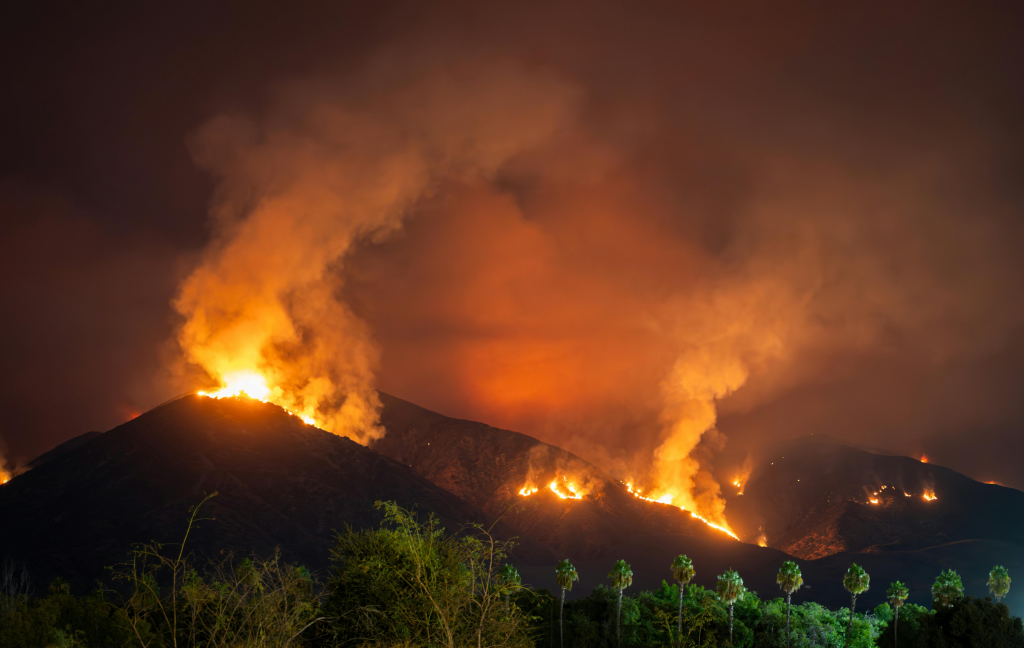
3. California’s Bold ‘No Rebuild’ Experiment
Following catastrophic wildfires, California and the federal government pledged $420 million in buyouts to communities such as Paradise, transforming scorched neighborhoods into green buffer zones rather than rebuilding. CAL FIRE described it as a “transformational shift” in disaster policy.
Neighbors who took buyouts are establishing wildfire breaks that shield other communities. While some lament the destruction of their hometowns, others view it as a sacrifice to prevent repeating tragedy. Such a strategy recontextualizes retreat as proactive defense, rather than defeat.

4. Insurance Retreat Indicative of a Breaking Point
When giants like State Farm and All state stop renewing policies in parts of California and Florida, it’s a market signal that risk has outpaced insurability. Former California Insurance Commissioner Dave Jones warned, “We’re marching steadily toward an uninsurable future.”
In the absence of insurance, mortgages cannot be secured, property prices plummet, and whole districts risk economic meltdown. A 2025 First Street Foundation report estimates $1.47 trillion in property values lost over 30 years under pressure from insurance and changed demand.
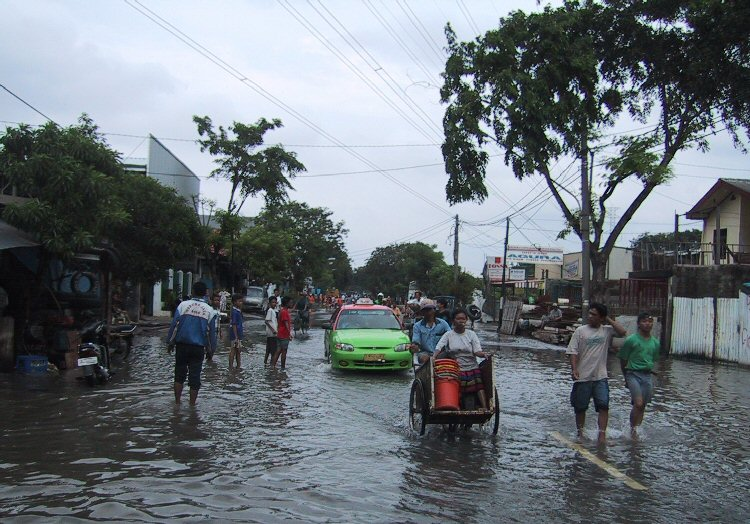
5. Jakarta’s Managed Exodus
Indonesia’s strategic retreat from Jakarta to Borneo as its new capital is one of the most sensational examples. Permanent flooding, land sinking, and uncontrolled development rendered further investment “pointless,” says government officials.
The new capital, Nusantara, is under construction but poses new environmental threats, experts caution, unless carefully managed. Nevertheless, Jakarta’s retreat speaks volumes: at times, the strongest move is one of relocation.
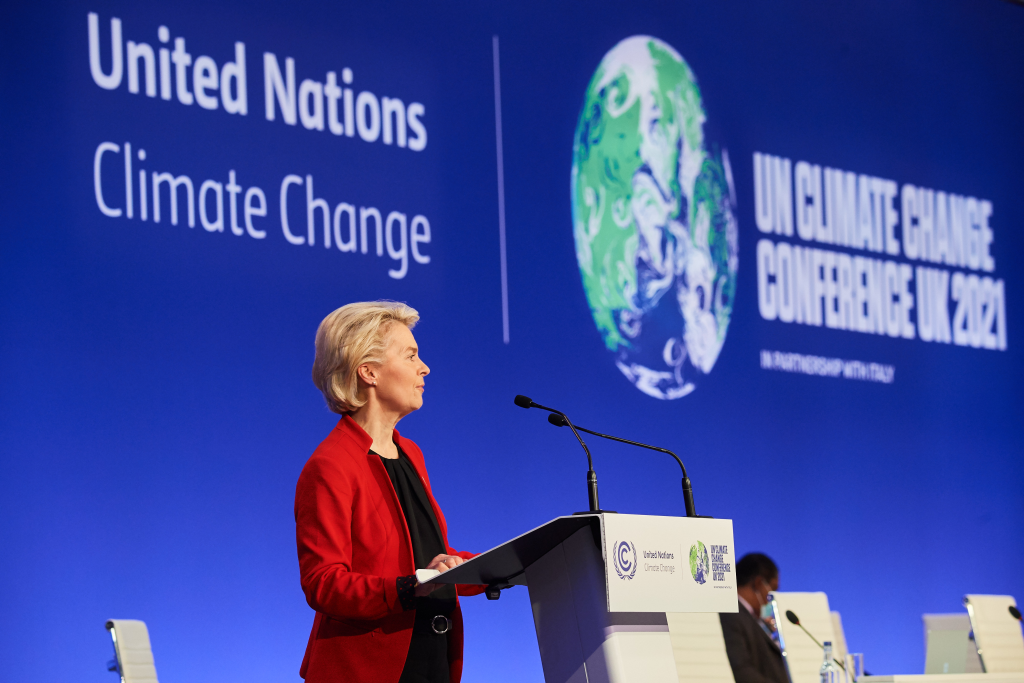
6. The UN Approves Strategic Abandonment
In 2025, the UN climate panel officially advised “selective abandonment” of uninhabitable areas as an integral adaptation strategy. This is a departure from the decades-old mantra of “rebuild stronger” to prioritizing relocation and restoration of ecosystems.
“It’s not defeat it’s adaptation,” the report says. By shifting investment from doomed defenses to safer, more sustainable options, communities are able to end the expensive cycle of destruction and repair.
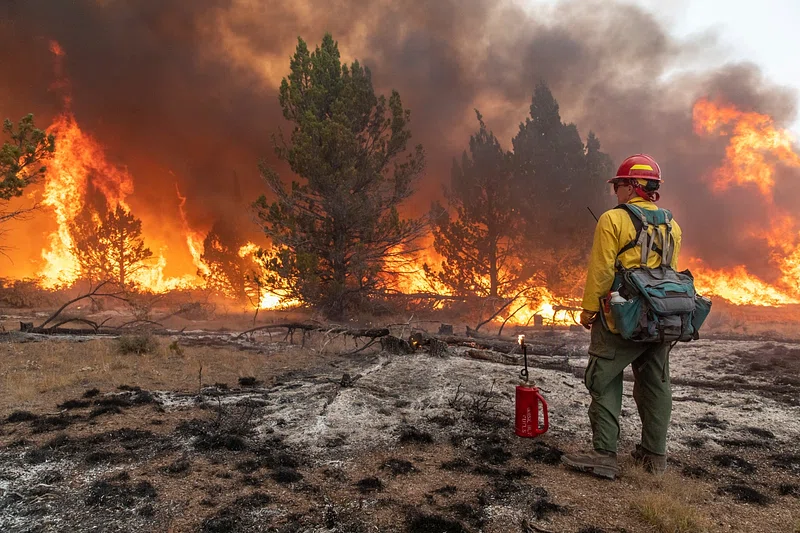
7. The Real Cost of Rebuilding in Harm’s Way
Global disaster expenditures reached $380 billion in 2024, with almost $84 billion spent on rebuilding in repeat high-risk areas. That’s money that could have gone toward large-scale adaptation initiatives or community relocations.
As a climate economist pointed out, “Every dollar spent rebuilding in the wrong place is a dollar we can’t use to prepare or adapt elsewhere.” The arithmetic is obvious: the more we rebuild in harm’s way, the more we pay emotionally and financially.

8. The Mental Health Toll of Staying Put
Outside of economic loss, repeated calamities wear down psychological health. The evidence indicates that nearly a third of those impacted by disaster can suffer from PTSD, anxiety, or depression. Displacement, loss of community ties, and ongoing risk all add to the stress.
“You can’t put a price on peace of mind,” noted a Florida disaster recovery counselor. For others, evacuating a hazard zone is as much a matter of emotional self-defense as it is a precaution.
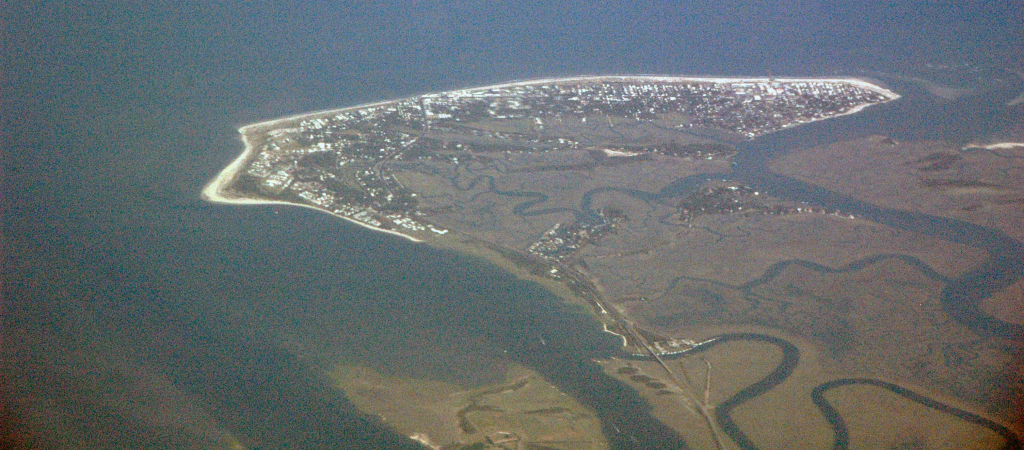
9. Nature’s Red Lines
Floodplains, barrier islands, and fire-red canyons are the universe saying “no” Climate maps of the US Geological Survey indicate these no-go areas growing. Construction there isn’t resilience it’s dreaming.
As a senior environmental planner said, “We need to hear when the land says no.” It’s acknowledging those boundaries that enables restorative work to be done with natural buffers such as wetlands and forests and ultimately other communities.
The transition from automatic rebuilding to strategic retreat is painful but inevitable. It necessitates challenging profound emotional attachments to place and tradition, but invites entry into safer, more resilient futures. By acknowledging the limits of nature, hearing market signals, and honoring mental as well as physical resilience, communities can invest in adaptive endurance not merely walls that ultimately crumble.


